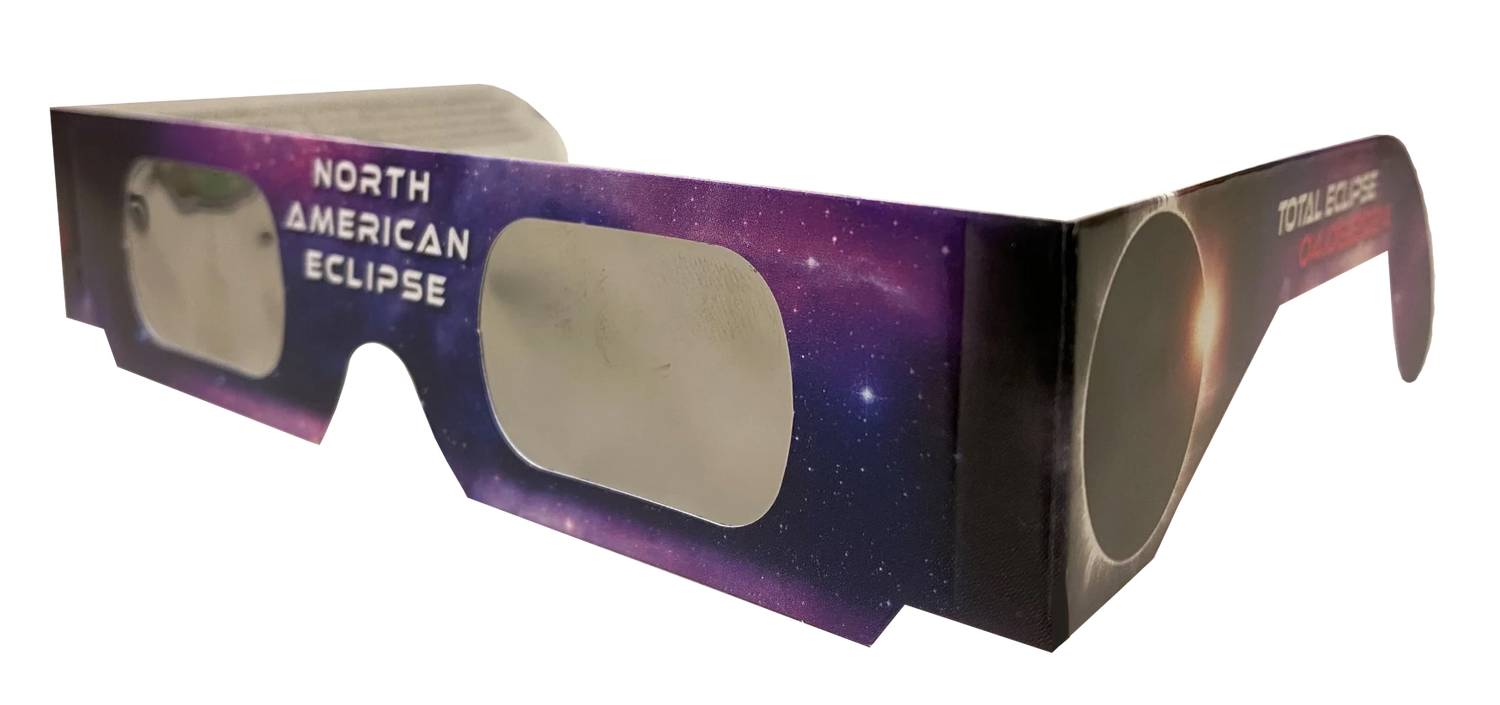
Share
What is a Solar Eclipse?
A solar eclipse occurs when the Moon passes between the Sun and the Earth, blocking the Sun's light and casting a shadow on the Earth's surface. The Moon’s shadow creates a trail as Earth rotates; this trail is called the path of totality. This celestial event is a phenomenon that has captivated humans for centuries.

What are the Different Types of Solar Eclipses?
There are three main types of solar eclipses:
What are the different phases of a Solar Eclipse?
- First contact: This is when the edge of the Moon first becomes visible over the sun's surface
- Second contact (total eclipse begins): The Moon is fully in front of the Sun and a "ring of fire" (sunlight) begins to form around it. A diamond ring effect and Baily's beads are visible just before totality
- Totality: This is when the Moon completely covers the Sun. This is the most dramatic phase of the eclipse.
- Third Contact: Light from the some begins to become visible again as the Moon moves away from the Sun
- Fourth contact: The partial eclipse ends when the Moon has completely moved away from the Sun, and the eclipse is over.

You may wonder... Is it safe to view a solar eclipse?
Everyone knows: Never look directly at the Sun, as doing so can permanently damage your eyes! It is crucial to take proper precautions when viewing an eclipse to protect your eyes from the Sun's harmful rays. Good news is that it is safe to view a solar eclipse with the right glasses! Here are some safety tips that apply to both kids and adults:
- Always use ISO 12312-2 compliant and certified solar eclipse glasses from a trusted reseller or manufacturer. Solar-Eclipse.Net is a verified Suppliers of Safe Solar Filters & Viewers by the American Astronomical Society. You can find us on their list here
- Do not use regular sunglasses, homemade filters, or unverified viewing methods
- Make sure to explain to kids the importance of protecting their eyes from the Sun's rays, and to always keep their eclipse glasses on during the eclipse
- Plan ahead! Attend organized eclipse viewing events where experts can guide you on additional safe viewing techniques
In conclusion, a solar eclipse is a captivating celestial event that occurs when the Moon passes between the Sun and the Earth, casting a shadow on the Earth's surface. It is totally safe for kids of all ages to view a solar eclipse as long as they keep the tips above in mind and have them reinforced by an adult.
With an annular Eclipse around the corner on October 14 2023, don't wait too long to prepare! According to NASA, around 215 million people watched the total eclipse in August 2017, and eclipse glasses were hard to find in the days leading up to it. Get yours here today and be ready to watch this incredible event!

